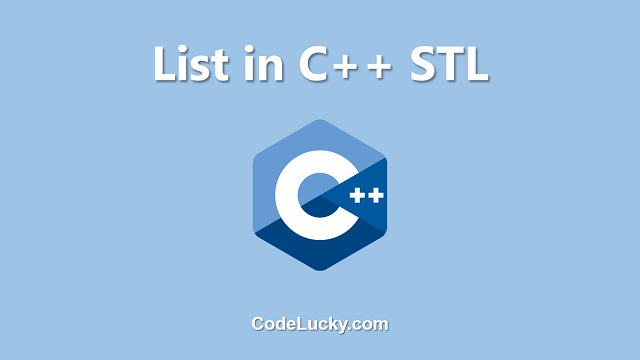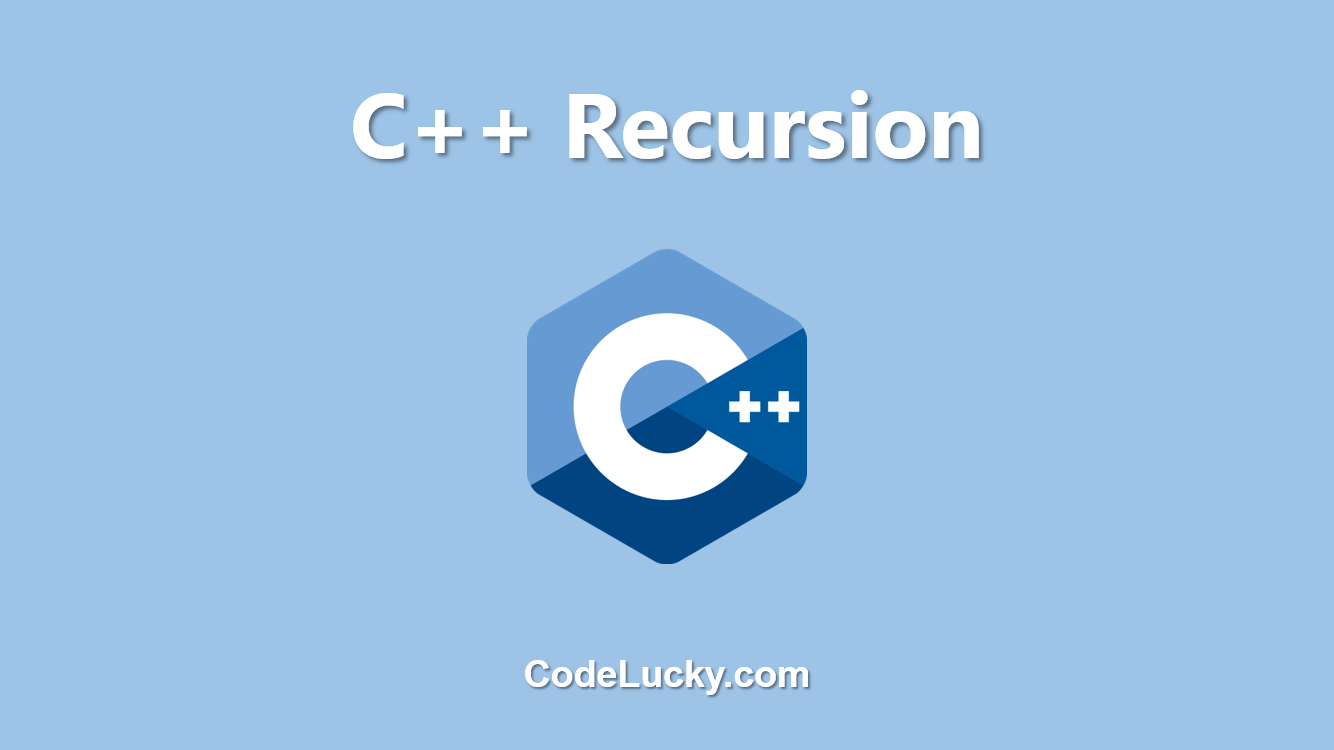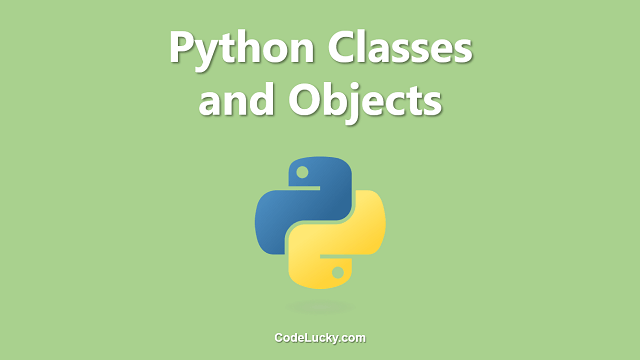The Standard Template Library (STL) in C++ provides several containers to store and manage data. One of the most commonly used containers is the list. A list is a linear collection of elements that can grow or shrink dynamically, and elements can be inserted or removed from the list in constant time. In this article, we will explore the C++ list container and how it can be used to solve various problems.
Creating and Initializing a List
A list can be created in C++ using the list class template. The type of elements stored in the list is specified as a template parameter. For example, the following code creates a list of integers:
#include <list>
#include <iostream>
int main() {
std::list<int> l;
return 0;
}
The list can also be initialized with some elements at the time of creation using an initializer list. For example:
#include <list>
#include <iostream>
int main() {
std::list<int> l = {1, 2, 3, 4};
return 0;
}
Inserting and Removing Elements from a List
Elements can be inserted into a list using the push_back and push_front member functions. The push_back function inserts an element at the end of the list, while the push_front function inserts an element at the beginning of the list. For example:
#include <list>
#include <iostream>
int main() {
std::list<int> l = {1, 2, 3, 4};
l.push_back(5);
l.push_front(0);
for (auto& x : l) {
std::cout << x << " ";
}
std::cout << std::endl;
return 0;
}
The output of the above program will be:
0 1 2 3 4 5
Elements can also be removed from a list using the pop_back and pop_front member functions. The pop_back function removes the last element of the list, while the pop_front function removes the first element of the list. For example:
#include <list>
#include <iostream>
int main() {
std::list<int> l = {1, 2, 3, 4};
l.pop_back();
l.pop_front();
for (auto& x : l) {
std::cout< < x < < " ";
}
std::cout << std::endl;
return 0;
}
The output of the above program will be:
2 3
List Iteration
A list can be iterated using an iterator, just like any other STL container. The begin() and end() member functions can be used to obtain iterators to the first and last elements of the list, respectively. The iterators can be incremented to move to the next element. For example:
#include <list>
#include <iostream>
int main() {
std::list<int> l = {1, 2, 3, 4};
for (auto it = l.begin(); it != l.end(); ++it) {
std::cout << *it << " ";
}
std::cout << std::endl;
return 0;
}
The output of the above program will be:
1 2 3 4
Sorting a List
A list can be sorted using the sort() member function, which sorts the elements in ascending order by default. The sorting order can be changed by passing a comparison function as an argument to the sort() function. For example:
#include <list>
#include <iostream>
int main() {
std::list<int> l = {4, 1, 3, 2};
l.sort();
for (auto& x : l) {
std::cout << x << " ";
}
std::cout << std::endl;
return 0;
}
The output of the above program will be:
1 2 3 4
Conclusion
The C++ list is a useful and versatile container from the Standard Template Library. With the ability to insert and remove elements in constant time, and a range of functions for sorting, searching, and iterating over elements, the list can be used to solve many problems in a variety of applications. This article provides a comprehensive guide to using the C++ list and should serve as a good starting point for those who are just starting out with the STL in C++.







